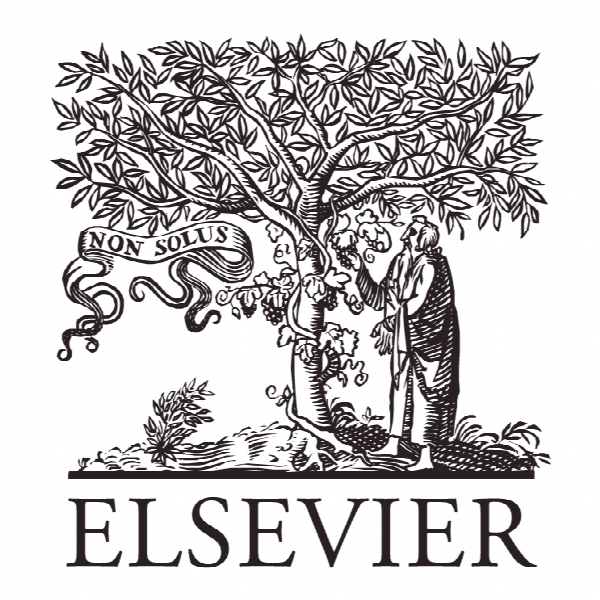اثرات درمانی ملاتونین بر کیفیت پس از برداشت میوه توت فرنگی Effects of melatonin treatment on the postharvest quality of strawberry fruit
-
 2.0 (1 رای)
2.0 (1 رای)
- نوع فایل : کتاب
- زبان : انگلیسی
- ناشر : Elsevier
- چاپ و سال / کشور: 2018
توضیحات
رشته های مرتبط مهندسی کشاورزی، زیست شناسی
گرایش های مرتبط علوم باغبانی، علوم سلولی و مولکولی
مجله زیست شناسی و تکنولوژی پس از برداشت – Postharvest Biology and Technology
دانشگاه School of Food Science and Engineering – Hefei University of Technology – China
شناسه دیجیتال – doi https://doi.org/10.1016/j.postharvbio.2018.01.016
منتشر شده در نشریه الزویر
کلمات کلیدی انگلیسی Melatonin, Strawberry fruit, Postharvest life, Quality, Gene expression
گرایش های مرتبط علوم باغبانی، علوم سلولی و مولکولی
مجله زیست شناسی و تکنولوژی پس از برداشت – Postharvest Biology and Technology
دانشگاه School of Food Science and Engineering – Hefei University of Technology – China
شناسه دیجیتال – doi https://doi.org/10.1016/j.postharvbio.2018.01.016
منتشر شده در نشریه الزویر
کلمات کلیدی انگلیسی Melatonin, Strawberry fruit, Postharvest life, Quality, Gene expression
Description
1. Introduction Strawberry (Fragaria × ananassa, Duch.) fruit is one of the most commonly consumed berries both in fresh and processed forms. It is a rich source of a wide variety of nutritive compounds such as sugars, vitamins and minerals, as well as bioactive compounds such as ascorbic acid, carotenoids, phenolic compounds and folates, most of which are natural antioxidants and contribute to the high nutritional quality of the fruit (Tulipani et al., 2011; Giampieri et al., 2015). All of these compounds exert a synergistic and cumulative effect on human health promotion and in disease prevention. Strawberry fruit is a non-climacteric fruit and should be harvested at full maturity stage in order to get the maximum marketing quality. This fruit is also highly perishable, due to high respiration rate, low mechanical resistance, and high susceptibility to the pathogen attack (Hashmi et al., 2013; Neri et al., 2014). Undesirable changes observed during postharvest include desiccation, loss of flesh firmness, mechanical injury, and Botrytis cinerea induced decay (Charles et al., 2009; Pombo et al., 2009). Thus, there is an urgent need for reducing decay and extending the postharvest life of strawberry fruit. To date, various postharvest treatments including coating (Fan et al., 2009), chitosan coating combined with calcium treatment (Hernandez-Muñoz et al., 2008), salicylic acid treatment (Babalar et al., 2007), UV-C irradiation (Nigro et al., 2000; Charles et al., 2009; Pombo et al., 2011), and ultrasonic treatment (Cao et al., 2010) have been applied into postharvest preservation of the strawberry fruit. Nevertheless, some of these methods are not commercially reasonable due to low customer preference or need for verifying the effectiveness. The use of different fungicides is probably the most commonly used method to control postharvest decay, but it leaves residues that have potential risks to humans and the environment. Thus, it is urgent to develop new and effective methods to extend postharvest life and improve quality of strawberry fruit. Melatonin (N-acetyl-5-methoxytryptamine) is an endogenously produced indoleamine in all plant species (Reiter et al., 2015). As a healthy ingredient contained in the diet, many fruits and vegetables, including tomato, apple, cherry, banana, and strawberry provide natural melatonin (Stürtz et al., 2011; Feng et al., 2014; Sun et al., 2015). As a safe and beneficial indoleamine, melatonin acts not only as a signaling molecule for enhancing the resistance of plants to biotic and abiotic stresses, but also as a powerful free-radical scavenger and has a direct antioxidant activity (Tan et al., 1993; Arnao and Hernández-Ruiz, 2015). Recently, exogenous melatonin treatment has been tested as an effective postharvest treatment to promote ripening and improve quality of tomato fruit (Sun et al., 2015), delay postharvest senescence and increase chilling tolerance of peach fruit (Cao et al., 2016; Gao et al., 2016), attenuate postharvest decay and maintain nutritional quality of strawberry fruit (Aghdam and Fard, 2017), and attenuate postharvest physiological deterioration of cassava storage roots (Ma et al., 2016). However, little information is available regarding the effects of melatonin as a postharvest treatment on the postharvest life and quality of strawberry fruit. Therefore, the aim of the present study was to assess the effects of postharvest melatonin treatment on the postharvest life and quality of strawberry fruit during storage at 4 °C. This study may promote the application of melatonin on the postharvest quality in strawberry fruit as well as other fruits and vegetables in the future.


